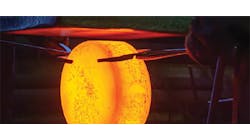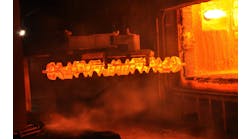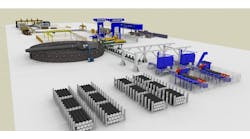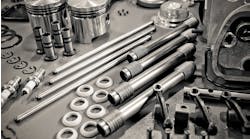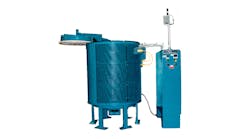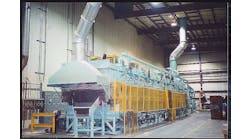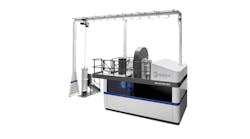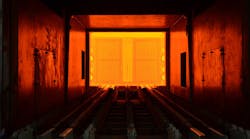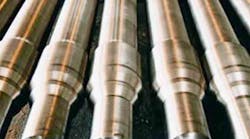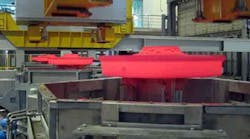Latest from Heating
New Article
Furnace Data Fuels AI Study
Andritz Rail Wheel Plant in Russia
Monitoring Salt-Bath Nitriding
Normalizing Furnace Rebuild
SECO HT Furnace for Bearing Rings
Pressure Builds for More Vacuum Expertise
AFC-Holcroft is under contract to build a new batch heat-treating system for Amsted Rail, a global manufacturer of railway bogies, freight-car components, brake systems, and other products for railcar manufacturing and maintenance.
The AFC-Holcroft UBH line will include a batch-style carburizing furnace, two expansion modules to increase endothermic generator gas output, a rotary-hearth reheat furnace for press quenching, a continuous integrated parts washer, and temper furnace.
A spokesperson described the UBH system as similar to its UBQ (universal batch quench) integral quench batch furnace, which performs carburizing, carbo-nitriding, neutral hardening, ferritic nitro-carburizing, normalizing, annealing, spheroidize annealing, and stress relieving, on a wide range of cast, forged, and machined parts for drivetrains and axles, transmissions, shafts, fasteners, bearings, and gears. A design distinction, however, is that the UBH has a top-cooling function, without a quenching tank.
“The batch furnace itself has an effective load size of 72 in. by 72 in. by 56 in., with a gross load capacity of 13,000 lbs., which is considered very large for this type of equipment, but is in fact one of AFC-Holcroft’s standard sizes,” according to AFC-Holcroft sales manager Tracy Dougherty.
The contractor did not identify the destination for the new system, but noted that it will be shipped during the third quarter of 2018 to increase heat-treating capacity for an Amsted Rail joint venture in Eastern Europe.
Chicago-based Amsted has operations in Ukraine and Russia, and maintains a joint venture with Russia’s United Wagon Co. that supplies “heavy-haul railway components” to railroad businesses in Russia and the C.I.S.
